Mindfulness Practice Part 1
Mindfulness practice in the form of meditation is the practice of calming the mind. Research shows that people reap significant benefits if this is done daily. Mindfulness meditation comes from the Buddhist tradition of meditation. Many monks spend long hours each day in contemplative practice. Although it might be nice to sit in retreat like monks, chances are, most Westerners do not have the time to do this. A few minutes at the beginning or end of the day are all that are needed for one to experience the health benefits of this calming of the mind.
Recently I was able to attend a series of Lectures on the topic of Mindfulness with the presenters combining actual practice with lecture on the topic. I found it to be helpful because all four lectures were presented by people who live in the West who have steeped themselves in Eastern practice. Two, Lama Surya Das and Mirabai Bush, spent several years in contemplative retreat in Eastern society. The other two, Joseph Goldstein and Jon Kabat-Zinn, both spent years building up the practice here in the West and sharing it with others in their fields of research. In this writing and in future writings, I am going to explore what each of these four people shared during their lecture about the practice of mindfulness.
When we are just beginning this mindfulness practice it is best to create a space and time for practicing. Joseph Goldstein, co-founder of the Insight Meditation Society in Barre, MA, and first lecturer in the series I attended, recommends sitting comfortably on the floor or in a chair, with the back straight, feet flat on the floor (or legs crossed if sitting), eyes closed. Try relaxing the eyes while they are closed, do not squeeze them shut. Relax the shoulders. Focus on each breath. “Let your mind come to rest at the place where you feel the breath most distinctly. If your mind wanders, lost in thought, simply come back again to the breathing,” he states.
If we expect this process to go smoothly on the first try, Joseph Goldstein says that it, “…is a set up for suffering.” It is not easy to sit with a blank mind for a period of time focusing on the breath. Each time our mind wanders we begin to see the thought pattern that takes place. Our mind may want to reflect on a problem we are having, or jump ahead to the laundry list of tasks still to be completed. This can be unpleasant and cause anger or sadness or frustration because we are struggling with the process of letting go.
However, “we can learn to recognize the feeling of emotion without drowning in it,” Goldstein says. Eventually a person will reach a point where the mind begins to wander and they just notice it without reacting to it. Struggle, says Goldstein, is an important piece of information- something is going on that we may not accept. We can ask ourselves, “What’s happening here that I’m not open to?”
Sitting in meditation like this helps to create an environment of calm outside the meditation session. When a situation arises that can cause stress, an argument with a loved one, or a disagreement with a co-worker for example, the brain is trained to stay calm and not react in a stressful way to the situation.
The simple practice of sitting quietly while focusing on the breath for a minimum of 10 minutes each day helps to train the mind to stay calm during times of stress. Eventually, our minds begin to operate on this level in our conscious lives as well.
This is part one in this series. Read part two here.

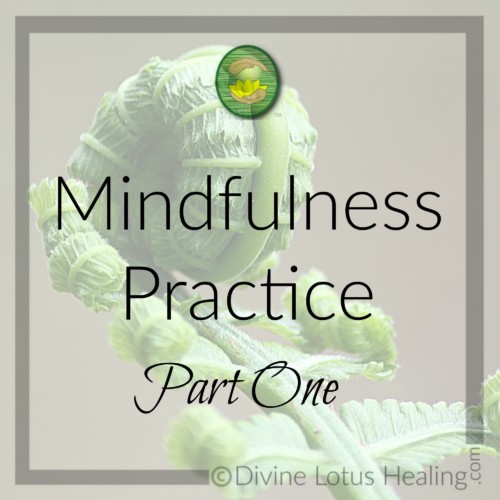






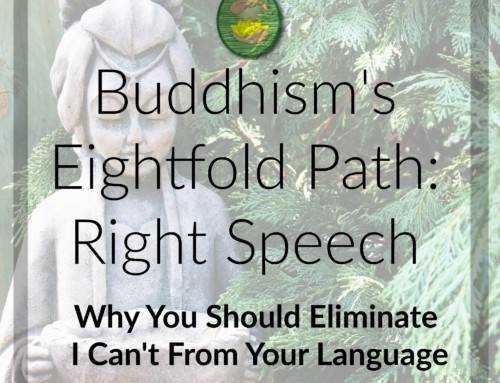
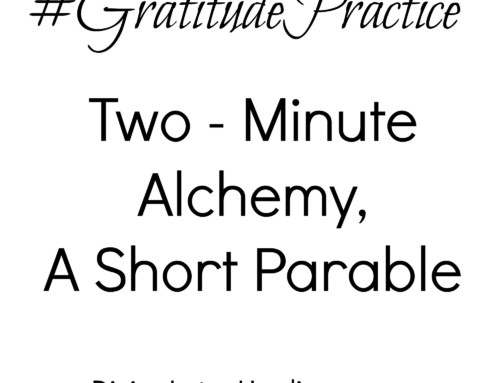
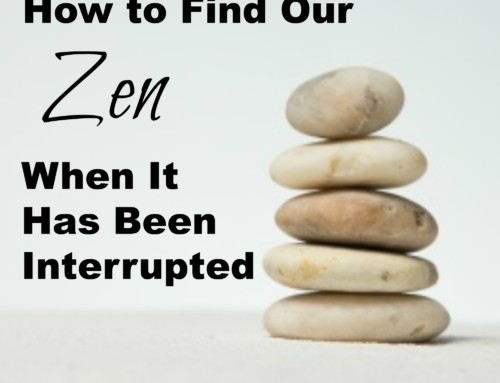
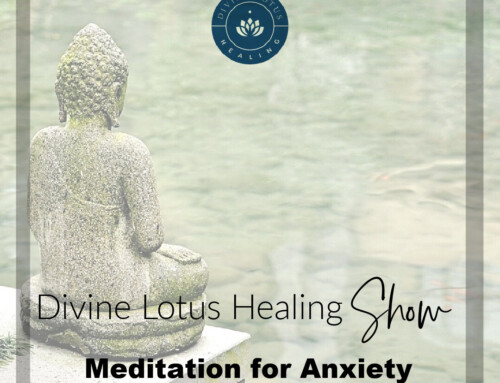


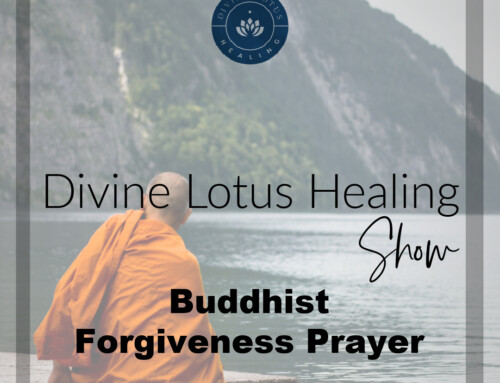


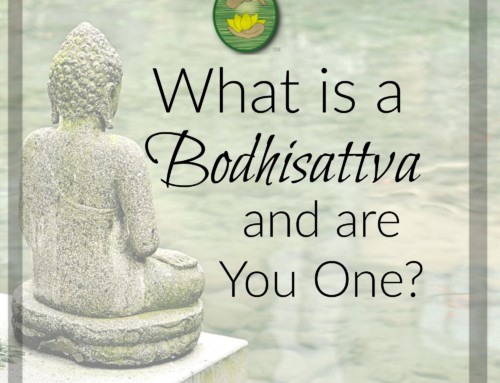

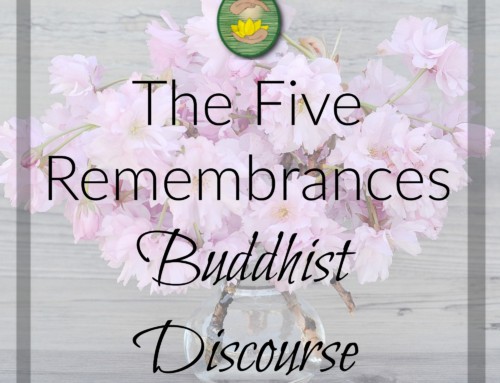
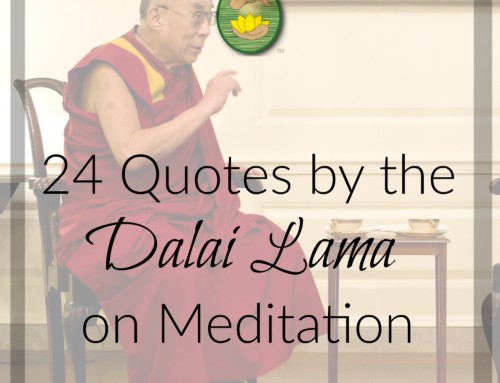
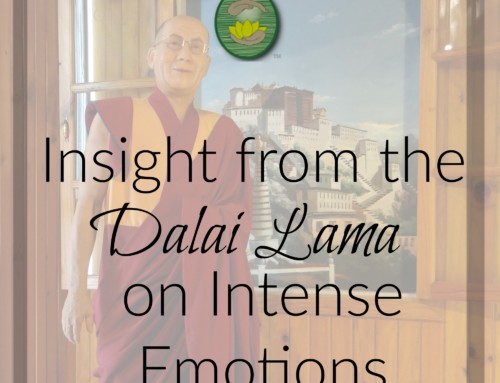
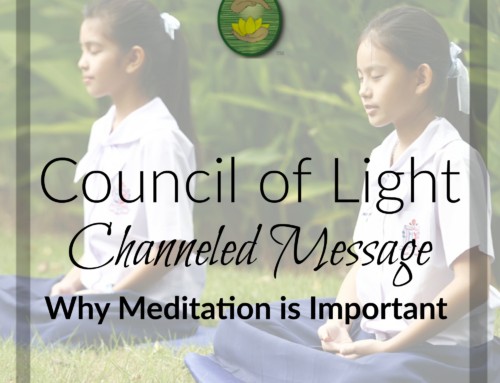
Leave A Comment